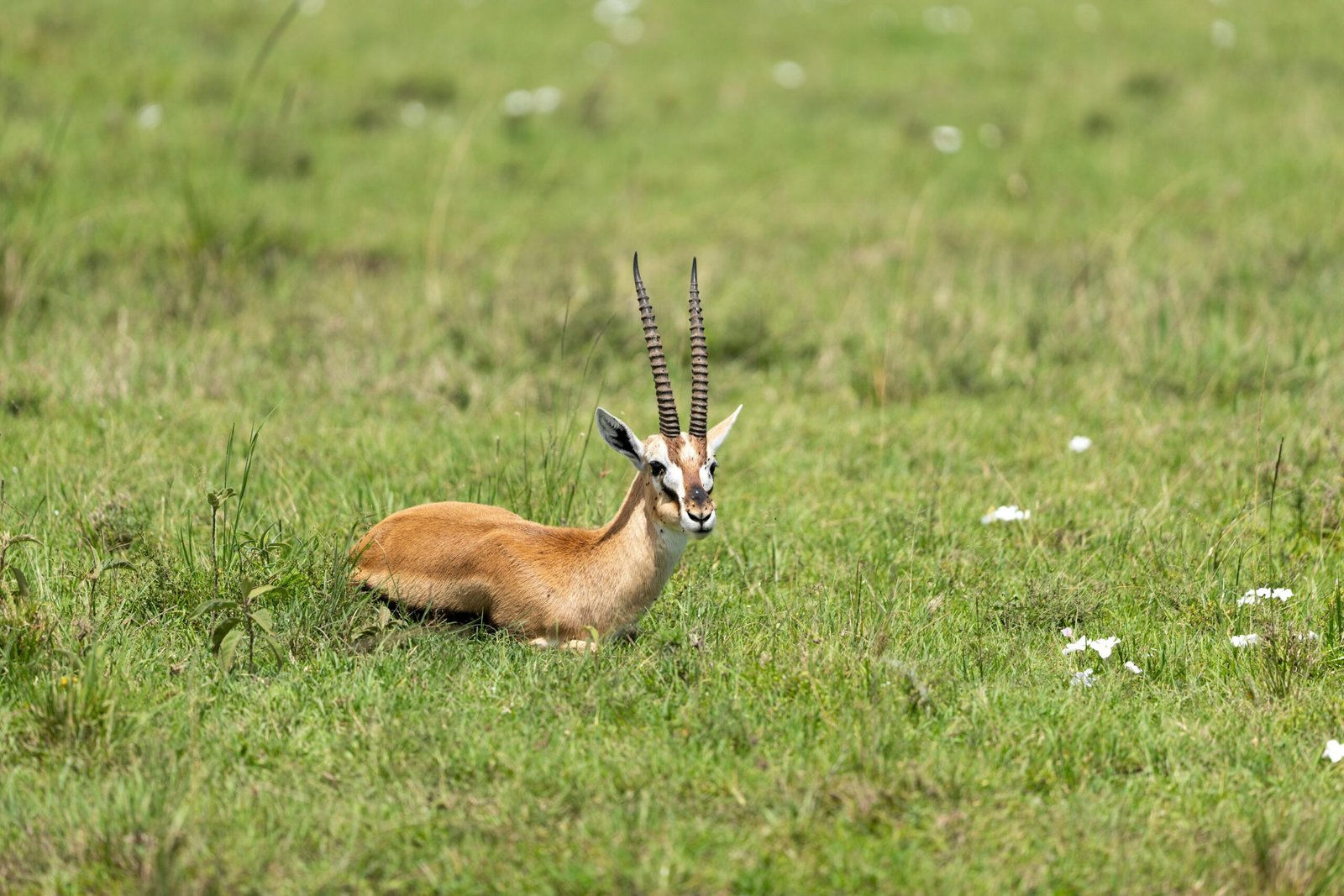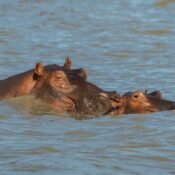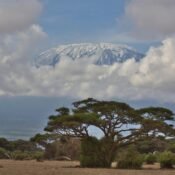
Best Safari Photo Ops: Landscapes, Waterholes & Migration Rivers
When you get into the core of Africa, you come with your camera to the wilderness. Safaris are not about observing animals; it is about taking pictures that tell a story uncouth, naked and mindblowing. The plains of gold and water holes that are full of life and rivers are never ending and this is how we know that there is no end when it comes to the safari and that offer photographers unlimited opportunities. These are the best safari photography trips that have the greatest potential and that you would not want to miss; whether you are planning your next adventure or not.
The Magic of African-Landscapes.
The very scenery is worth observing before the roaring of the first lion and the passing of the elephants by your path. The wildlife leaves its tracks on the land, which is the starting point of the safari photography.
Endless Plains: There is the endless horizons of the Serengeti of Tanzania or Masai mara of Kenya with single acacia trees and this is the classic African scene. In this case wide-angle shots are taken to concentrate on the size and you are able to see the herds of the wildebeest as small figures in the distance with the huge sky.
Golden Hours: in the evening and early morning The savannah is blanketing with colors of amber and crimson. It is then that one can not only take animals but also the glittering beauty of the earth. The shadows are dramatic and long, the soft light is falling flatteringly on every frame.
Opponents: In the dunes of Namibia with their ochre color and in the Okavango Delta with its green color, both of these ecosystems will provide a different photo opportunity. Also you are zooming in on animals do not forget to zoom out so that you can get a setting in each region that makes it memorable.
Trick: Acquire a polarizing filter. It is an assessment of blue skies, light slices, and zest to your landscape shots.
Waterholes: Place of Nature and her Collection.
Safari: the cafe in the Safari that is busy is referred to as waterholes. It is the place where life gathers particularly in the dry season and gives the photographer an unmatched chance to observe relationships between predators and prey and unusual behavior of animals.
Elephant Families: There is no sight as pathetic as one of a herd of elephants quenching their thirst. There are also calves playing in mud and matriarchs are on guard of them- a perfect level of attaining tender and vigorous pictures.
Hunting the Prowl: These are lions, leopards, and hyenas, which make a habit of lurking about waterholes, and biding their time till their unsuspecting prey comes near. Waiting in this patient is paid with reward; you might be a witness of a dramatic scene of hunting.
Birdlife Bonanza: Do not forget to point your camera up to the sky. It all leads to waterholes, and starts off with lilac-breasted rollers and finishes with fish eagles. Those mid air shots will be great when taken with a high rate of the shutter speed.
Pro Tip: Arrive early and wait. The ideal shots are normally those ones that have been long before attaining a stationary position and letting animals perform their natural behaviors.
Migration Rivers: Epic Moving Drama.
It is probably the most adventurous experience of safari photography to undertake at the great rivers of Africa at the migration season. Not only natural boundaries, they are the plays of life-and-death.
The Mara River Crossings: July through October: Crocodiles face off millions of wildebeest and zebras. The action shot of the scenes will never be similar to the splash and the tension of life due to the clatter of the hoofs.
Dust and Motion: When you want to freeze the insanity with a high-shooting rate then there is nothing to fear about slowing down. The frenzy and the excitement of the crowds of people can be captured in an image which is somewhat blurred.
Hunt: It is interesting because suspects are Nile crocodiles that are on prowl. It is the procession of a second battle between the predatory and prey; this battle of the split-second is left behind to take life-long photos.
Hint: Shooting. The transitions of migration are rather random and fast, and some of the frames do not even allow you to miss the best moment.
The Value of the Point of View.
The most common stages are landscapes, waterholes and rivers yet everything depends on how one goes about it.
Low Angels: It is a shooting angle that brings the looks of the animals more imposing and closer.
Silhouettes: Stand before the setting sun and place creatures in profile in order to create classic and dramatic shots.
Close-ups and Wide Shots: The shot when the close-up is made on the eyes of a lion creates the story and in the following shot the same lion is standing in front of the sky burning over the savannah. The blend of these 2 styles can create a more healthier album.
Ethics when taking photos in Safari.
It is thrilling to shoot that marvelous and respecting wildlife at the same time. Ethical photography is in which you are not interfering with the very subjects with which you are trying to venerate.
Be courteous -long lenses can make you take some pictures without trespassing.
Never take flash photos, especially at night time since it is extremely disorienting to the animals.
Follow the directions of your guide; he or she knows how to balance the safety, respect and photography chance.
Tips and tricks of packing as a safari photographer.
To prepare is the most significant thing to do in order to take advantage of these photo ops.
Lenses: There is a need to have an all-round zoom (70-200mm) to be used during portraits and a telephoto (300mm and above) to be used during distant objects.
Stability: Beanbag would be best when it comes to stabilising your camera in safari cars. A good halfway is that tripods can be large and monopods can be large.
Protection: Dust and spontaneous rain is common. Extra batteries, protective covers and carry lens cloths.
Memory: Carry with you a few memory cards- you will be surprised that they will be filled up so soon when you are about to have action packed days.
Conclusions: Lasting Tales.
Much of what makes the Tanzania safari photography beautiful is not only due to the great animals but also in the manner of how he/she combines land, water and life which depends on them. Sunlight in a savannah dawn, the excitement of a standoff in a waterhole, or the clatter of the hooves in a river crossing, none of these, are pictures, but stories to live by.
Every one of your clicks on the camera is a way of a permanent retention, not only of what you saw and heard, but of how you felt. Those sceneries, waterholes, rivers of migration, even after you get home will still breathe through your photos with wonder and awe at the wild heart of Africa.




